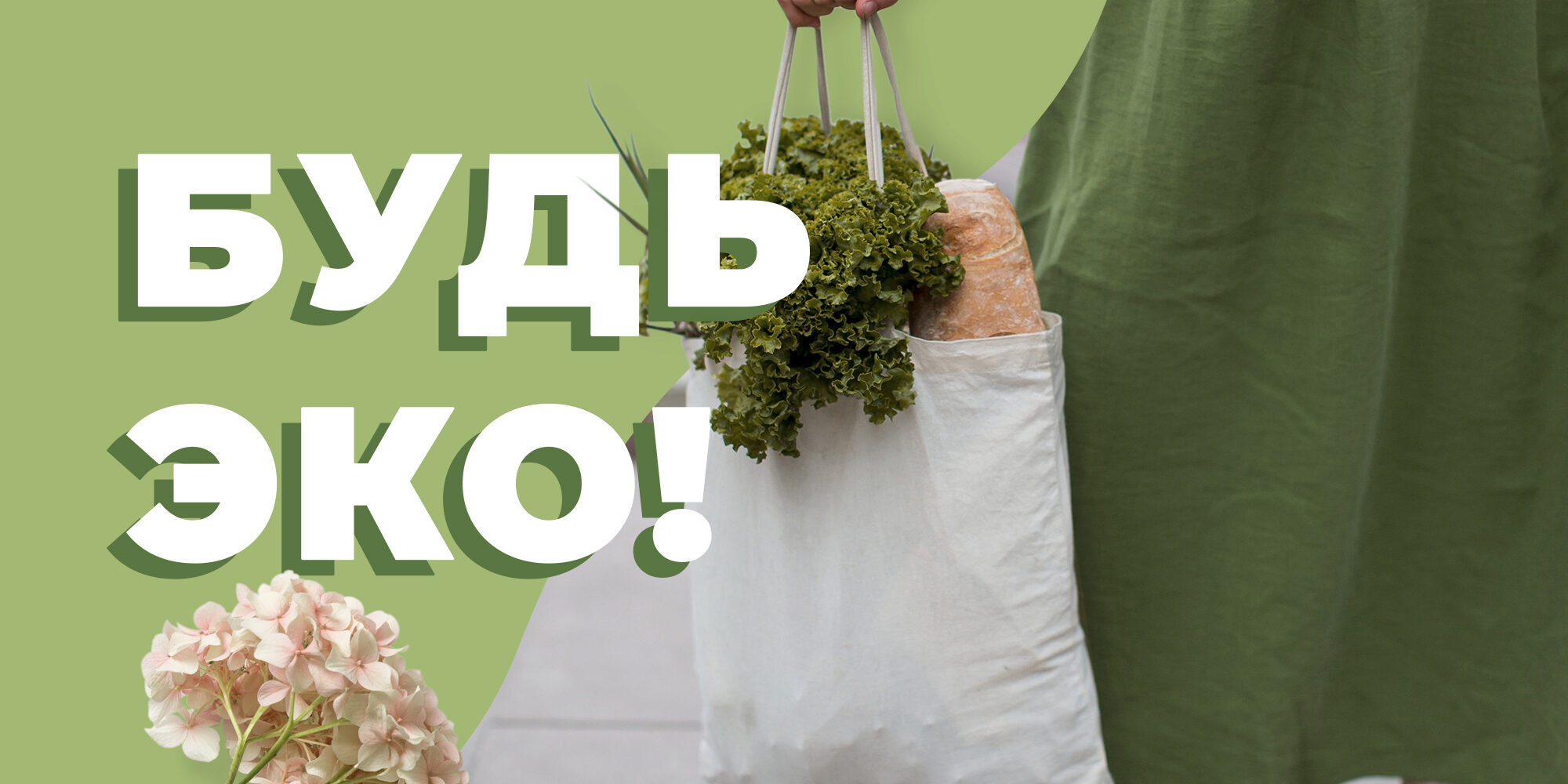HOW to launch separate waste collection, WHERE to dispose foil and an old frying pan, WHERE are the most prominent eco-museums on the globe? Wrapping up the outcomes of the Be Eco! eco-marathon and sharing the most interesting facts on the event.
The Be Eco! 10-day eco-marathon took place on June 14—24 on Instagram and gathered over 500 participants from all regional centers of Belarus. Throughout all 10 days, the marathoners joined live broadcasts with experts, practitioners, and eco-bloggers, shared their practices, looked for answers to pressing issues, and made exciting exercises.
Geographic coverage of the Be Eco! eco-marathon
According to the marathon survey, 64.4% joined as they were actively interested in environmental protection and climate change. At that, 27.1% knew little about contemporary environmental challenges and wanted to bridge the gap.
At launch, each participant of the Be Eco! eco-marathon got a checklist of 10 useful eco-friendly tips following which one could take care of the environment daily and contribute to climate preservation!
The marathon’s age coverage ranged from 16 to 65 years. At that, 96% of those who took the marathon were women. Among women: 79% were aged 25-44; among 4% of men, 67% belonged to the same age cohort.
A program was developed especially for the Be Eco! eco-marathon; it included several topics: everyday life, transportation, and food. When discussing sustainable household practices, the marathoners learned how not to be afraid of separate waste collection (no, this is not an error: there are such fears, too!) and how to take the first step towards proper waste sorting. How to reduce the total waste generated? Learn 5 five easy tips by clicking the link.
The record holder for the number of saves was the publication “Where and what to dispose.” Experts systematized information about waste collection stations for organic waste, needless clothing, obsolete household appliances, expired medicines, waste requiring special treatment (bulbs, thermometers, batteries). A list of useful focal points is here.
Another publication was on mobile eco-apps with multiple useful features enabling to significantly simplify the adoption of green practices. Water consumption monitoring, checking the composition of cosmetics for naturalness and safety, interactive tips on how to live greener: all this can be found out by installing such a smart electronic “assistant app” on your phone. Install your environmentally friendly app and make your contribution to the environment.
During the live broadcasts, participants and experts talked a lot about the carbon footprint that everyone leaves behind. After all, to reduce CO2 emissions and make the air cleaner, you need to think about how and what we use to travel. Walk more, ride electric transportation, bike to work or school, set a carless day: these and other transportation options alternative to internal combustion engines were shared by the marathoners. Get inspired and choose your eco-transport!
Top-3 publications of the eco-marathon: “Where and what to dispose?”, “Cosmetics labeling,” and a Quiz about correct disposal. Follow the links with the most interesting data and test your knowledge.
According to the number of comments and discussions, the marathon leader was a “beauty topic”: natural cosmetics, why it is different from organic, what labeling is used, and what to look for when choosing beauty products. The marathoners were provided with several recipes of skincare products that they had to cook at home and share their outcomes. Find more details here.
The Be Eco! eco-marathon proved the people were aware of modern challenges related to environmental protection and climate change.
“Every day we received lots of interesting questions; for example, how to recycle foil, gypsum, tungsten bulbs, whether a shredded paper is recyclable,” — says Iryna Sakalouskaya, EU4Climate National Coordinator; the project underpinned the marathon. “The marathoners got even interested in the world’s eco-museums! The project experts processed all requests promptly and shared their comments and answers.”
An interesting fact:
The question “how to involve your other half to separate waste?” was voiced during the marathon several times. Expert tip: start small — for example, suggest collecting only paper. An ordinary cardboard box is perfectly suitable; stack waste in layers filling the entire makeshift container. Having learned to separate paper waste together with your second half, feel free to move on!
Active participants got not only new skills and answers to their questions. Over 50 people completed all the tasks successfully, and 10 of them, through a drawing, were awarded an eco-kit: an eco-shopper, an eco-cup, natural cosmetics, and home care products.
All info-materials of the eco-marathon are available at eco.belmarafon on Instagram. Read, share, make your lifestyle more sustainable.
The EU4Climate initiative is funded by the European Union and implemented by the United Nations Development Programme. It supports countries in implementing the Paris Climate Agreement and improving climate policies and legislation. Its ambition is to limit the effects of climate and make citizens more resilient to them. It will assist the EaP countries to integrate the low-emissions and climate resilience objectives into development policies and plans, to improve and consolidate climate policies and legislative alignment.



